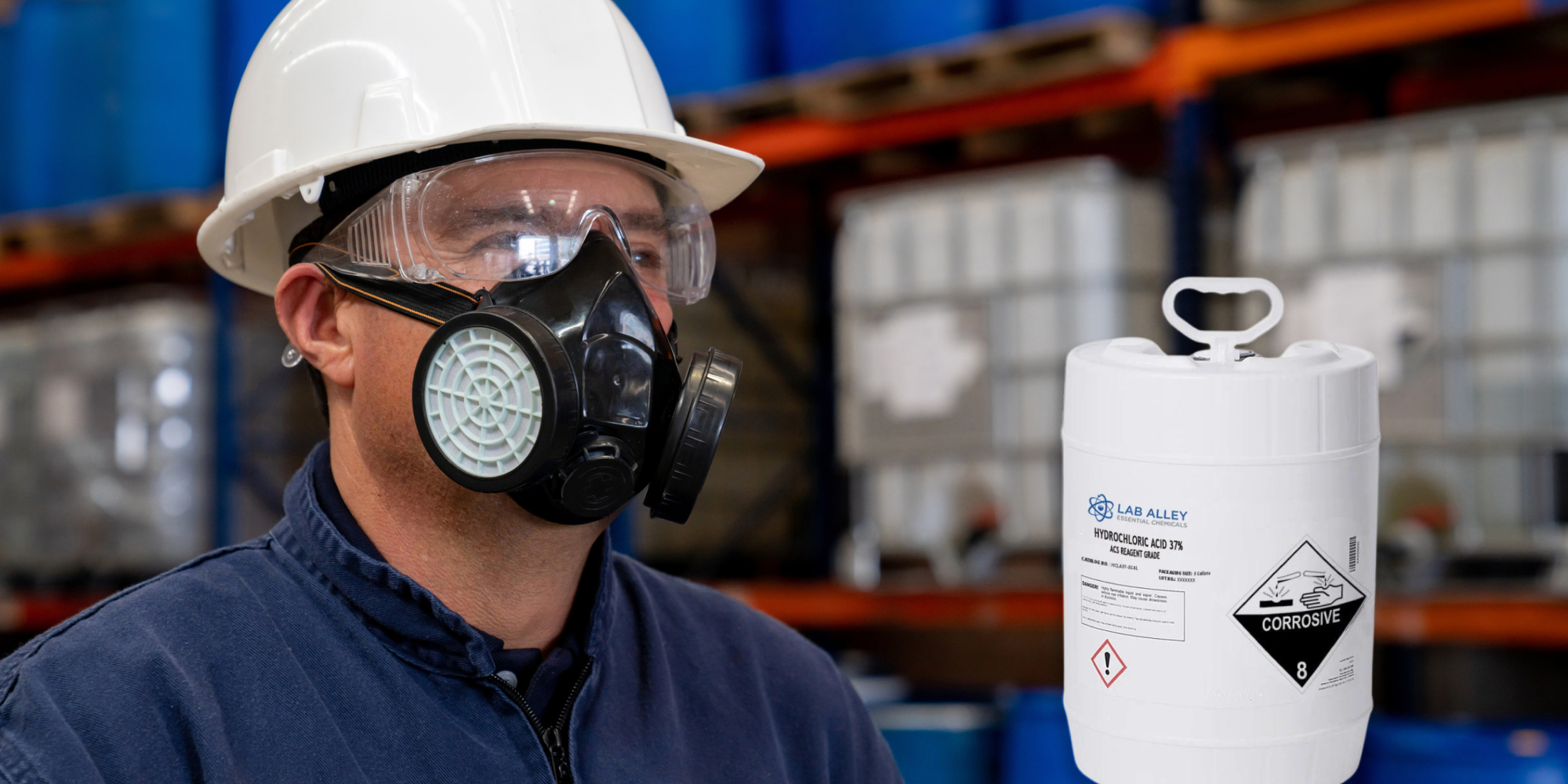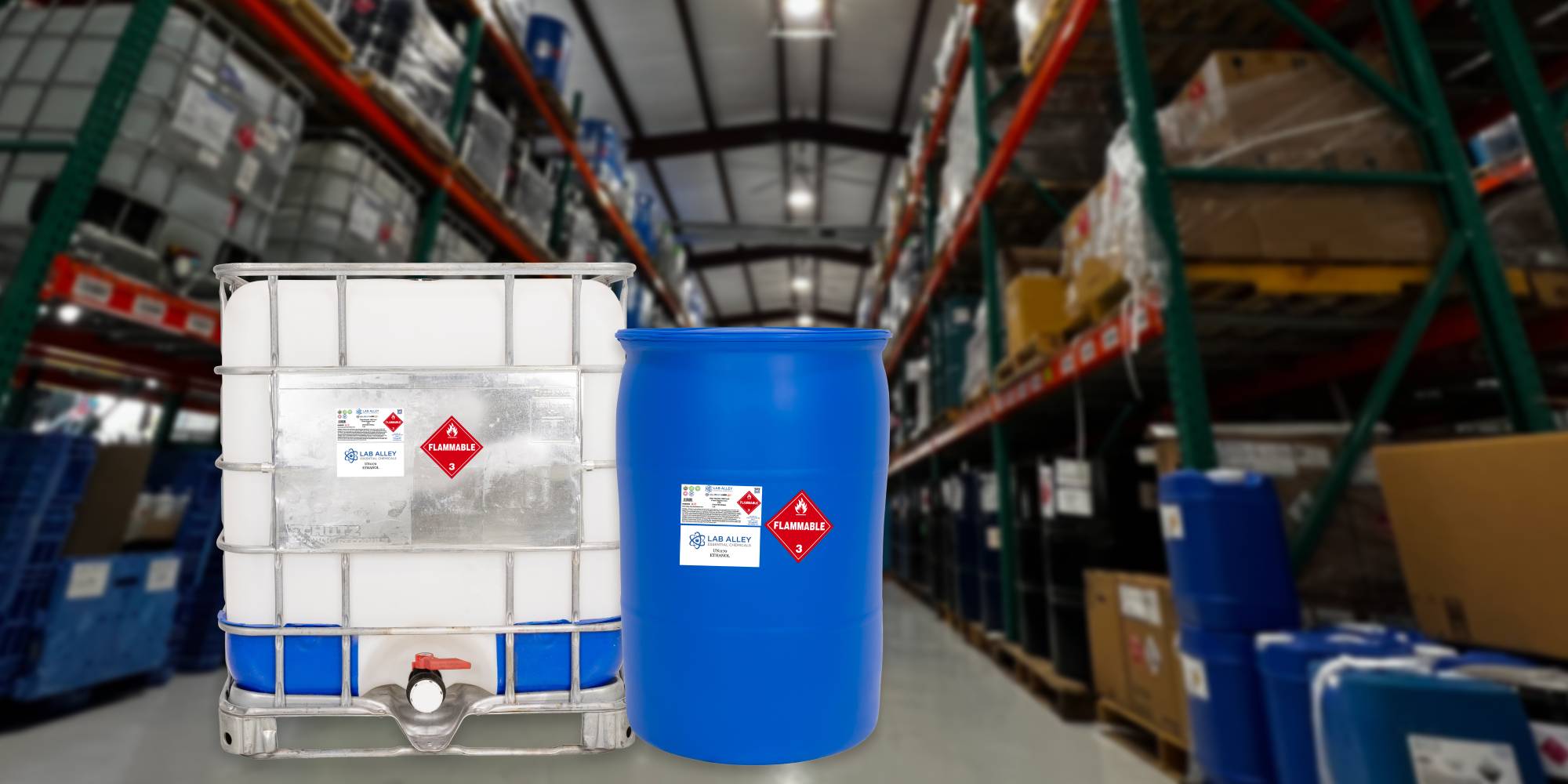How the polymer of glycolic acid can help the environment
October 24, 2023

You’ve probably heard of the monomer of glycolic acid. It’s the simplest alpha-hydroxy acid, consisting of only two carbons, and two functional groups: an alcohol and a carboxylic acid. Glycolic acid has widespread use in the food, cosmetics, and household products. But did you know that the polymerization of glycolic acid produces a chemical that is just as useful as its monomer? Poly (glycolic acid) can be used to create bio-plastics that will eventually replace traditional single-use plastics. While traditional plastics accumulate in our oceans and slowly break down into harmful microplastics, poly (glycolic acid) is able to degrade quickly in the natural environment. Furthermore, although glycolic acid is usually produced synthetically, new methods demonstrate that it can be made from renewable resources using genetically-modified yeast.











